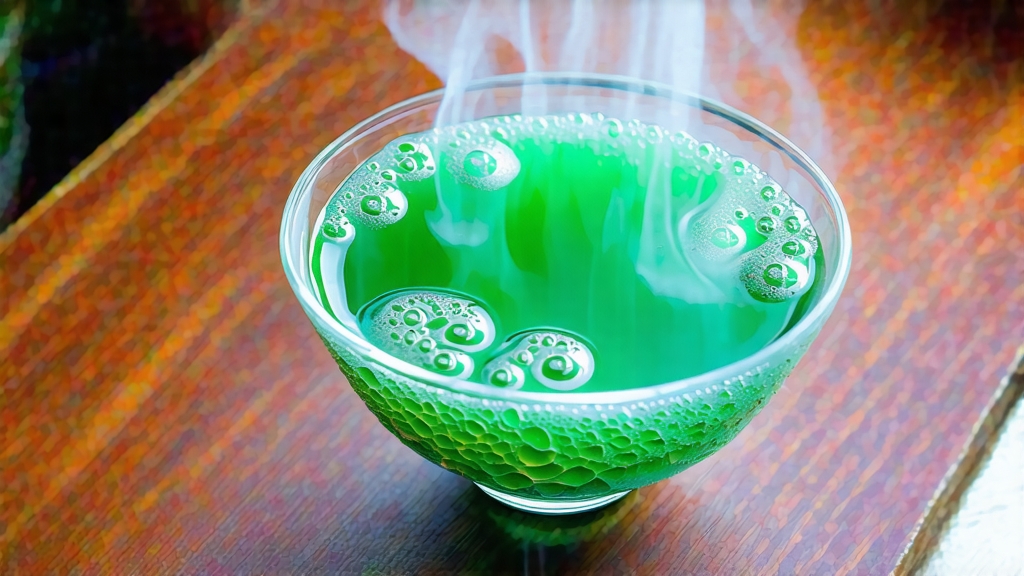
Biluochun, whose name translates literally to “Green Snail Spring,” is one of China’s ten most celebrated teas, yet it remains a quiet mystery outside serious tea circles. Grown on the mist-laden hills that cradle Taihu Lake in Jiangsu Province, this green tea is distinguished by its tiny, spiral-shaped leaves, an intoxicating fruit-and-floral bouquet, and a lingering sweetness that can silence a room. To understand Biluochun is to step into a 1,200-year-old story that weaves imperial whim, Buddhist monks, and the gentle lap of China’s third-largest freshwater lake into every cup.
Historical whispers place the tea’s birth during the Tang dynasty, but its documented fame begins in the late Ming when the Kangxi Emperor (r. 1661–1722) visited the region. Court chronicles record that he was so enchanted by the infusion’s “astonishingly green color, overwhelming fragrance, and refreshing taste” that he rechristened it from the rustic “Xia Sha Ren Xiang” (“Scary Fragrance”) to the more elegant “Biluochun.” The new name nodded to the leaf’s snail-like curl and the season of earliest picking—spring. From that moment, tribute quotas were levied, and the tea entered the imperial pantry, riding southward on fast horses each April.
Strictly speaking, Biluochun is not a single cultivar but a style of manufacture applied to several local bushes. The two most prized are the small-leaf “Dongting Seed” and the even more tender “Fuding Da Bai Hao” transplanted from Fujian. Both thrive in the lake’s microclimate: morning mist refracts sunlight into soft, diffused rays, slowing photosynthesis and concentrating amino acids that translate into sweetness. Nighttime humidity keeps the leaves pliable, essential for the marathon of hand-rolling that follows picking. The result is a tea that carries the terroir of water, pine, and citrus blossoms in equal measure.
Harvest begins when the lake’s winter ice has barely melted and the hills are still cloaked in cloud. Only the top bud and the adjacent unfolding leaf are taken, a standard known as “one flag, one shoot.” Experienced pickers work between 5 a.m. and 9 a.m., before dew evaporates, ensuring maximum turgidity. A full kilogram of finished tea demands roughly 70,000 pluckings—an entire day’s labor for six workers. The fragile harvest is carried in shallow bamboo baskets lined with nettle cloth to prevent bruising; any compression at this stage would oxidize the edges and flatten the signature aroma.
Withering, the first formal step, is done outdoors on rush mats for no more than thirty minutes. The goal is not dehydration but a gentle loss of grassy edge. Once the leaves feel cool and velvety to the touch, they are moved indoors for “kill-green” (shaqing), a rapid pan-firing at 180 °C that halts oxidation. A master roaster uses only his bare hands and a thin layer of tea to gauge temperature; when the leaf emits a faint popcorn note, he knows enzymes are stilled. The wok is then cooled to 80 °C, and the true artistry begins: rolling while drying. Thumb and forefinger pinch a small tuft, pressing it against the wok’s wall with a spiral motion that lasts forty minutes. Heat, pressure, and moisture evaporate in synchrony, fixing the curl and locking in fragrance. Finally, the tea is “lift-fire” dried at 60 °C for twenty minutes, reducing moisture to five percent and giving the surface a downy, silvery sheen.
The finished leaf resembles tiny jade snails, each about the size of a fingernail and covered in white trichomes that shimmer under light. Dry aroma is a kaleidoscope: ripe peach, lychee, fresh dill, and a whisper of pine. Once brewed, the leaves unfurl gracefully, releasing a liquor the color of early spring willow—pale yet luminous. The first sip delivers a bright snap of acidity reminiscent of white grapes, followed by a creamy, almost almond-like body, and finishes with a cool, mineral echo of Taihu water. Unlike bolder greens such as Longjing, Biluochun is understated; its charm lies in layered subtlety that rewards quiet attention.
To brew Biluochun well, one must respect its delicacy. Begin with soft water—volcanic spring water if available—heated to 75 °C. Higher temperatures